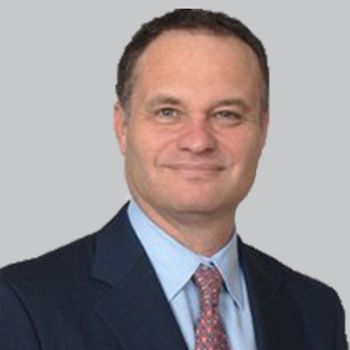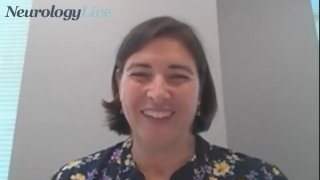
Narcolepsy
Latest News

Latest Videos

CME Content
More News

Prior research shows that a significant loss of the hypocretin-producing neurons, an increase in the histaminergic neurons, and contradicting signs of gliosis in the hypothalamus among patients with narcolepsy type 1.

Test your neurology knowledge with NeurologyLive®'s weekly quiz series, featuring questions on a variety of clinical and historical neurology topics. This week's topic is sleep disorders.

The findings confirmed and expanded upon existing literature by demonstrating that the incidence rates of multiple cardiovascular events, including stroke, heart failure, and cardiovascular disease, are significantly higher in patients with narcolepsy.

A 26-year-old man who presented narcolepsy symptoms tested negative for the condition, but a reassessment of the cerebrospinal fluid hypocretin-1 4 years later showed a dramatic decrease.

Completion of the 12-week program was associated with reported improvements in overall changes in sleep parameters of sleep latency, wake after sleep onset, sleep efficiency, and others.

Mind Moments®, a podcast from NeurologyLive®, brings you an exclusive interview with Ann Marie Morse, DO, FAAN. [LISTEN TIME: 20 minutes]

In a secondary analysis of a double-blind trial, mazindol extended-release outperformed placebo on clinician and patient scales of cataplexy severity and excessive daytime sleepiness.

John Harsh, PhD, clinical research director, Colorado Sleep Institute, sat down at SLEEP 2023 to discuss the RESTORE study results, and why patients with narcolepsy appear to prefer once-nightly sodium oxybate.

Patients on twice-nightly oxybate reported more issues with inconvenience, anxiety, and feeling somewhat, quite a bit, or extremely groggy/unsteady the next morning.

Preclinical findings show the potential of samelisant, a potent and orally active Histamine H3 receptor inverse agonist, as a potential treatment for patients with Parkinson disease who experience excessive daytime sleepiness.

The chief medical officer of Harmony Biosciences provided perspective on a proof-of-concept study assessing pitolisant’s (Wakix) clinical benefit in reducing excessive daytime sleepiness individuals with Prader-Willi syndrome.

The pediatric neurologist and sleep medicine specialist at Geisinger Medical Center provided commentary on the current unmet needs for patients with narcolepsy, including improvements in treatment options. [WATCH TIME: 3 minutes]

Nearly all patients showed improvement on the Patient Global Impression of Change scale, regardless of sleep inertia status, assessed through a visual analog scale.

Following 13 weeks of treatment with once-nightly sodium oxybate, some patients in the 7.5 g and 9.0 g groups showed complete resolution of cataplexy attacks.

Pitolisant, a therapy approved for patients with narcolepsy, is currently being assessed in 200 individuals with idiopathic hypersomnia, with change in excessive daytime sleepiness as the primary outcome.

Alternative multiple sleep latency test parameters was found to be a better identification method for recognizing hypocretin-deficiency among patients with hypersomnolence and narcolepsy.

Findings showed that pediatric patients with narcolepsy who have had at least 2 components of metabolic syndrome may be at higher risk of future complications.

Although it has the same ingredients as previously approved Xyrem, extended-release sodium oxybate is a medication taken once-nightly instead of twice-nightly.

Resilience was positively correlated with quality of life in patients with narcolepsy type 1, according to a recent published study.

Incidence of narcolepsy increased 4.17- and 1.42-fold during and after the 2009 H1N1 pandemic when compared with baseline.

Evidence from a nationwide healthcare system data in South Korea showed that narcolepsy is closely related to systemic autoimmune diseases, particularly those related to HLA genes.

Pitolisant will be assessed in 200 patients with idiopathic hypersomnia, using change in excessive daytime sleepiness as the primary end point.

Pitolisant, marketed as Wakix, recently received approval from the European Medicines Agency for pediatric narcolepsy with or without cataplexy.

Over a 6-month open-label extension period, mazindol ER was found to be safe, with patients demonstrating significant decreases in number of weekly cataplexy episodes and improvements in daytime sleepiness.

Pitolisant, a selective histamine H3 receptor inverse agonist, reduced the frequency of cataplexy in pediatric patients with narcolepsy.






































